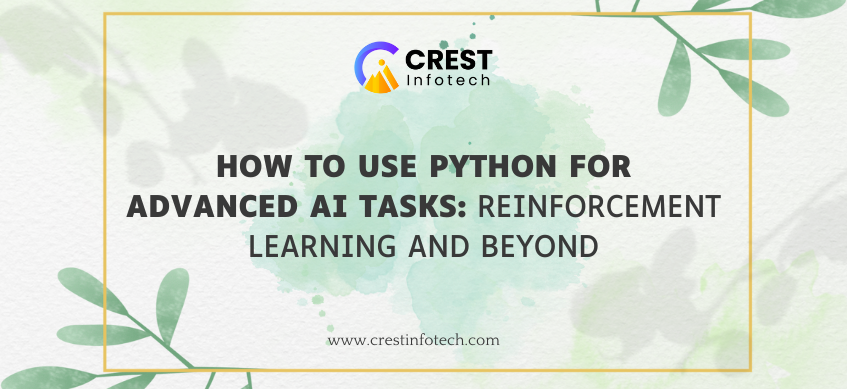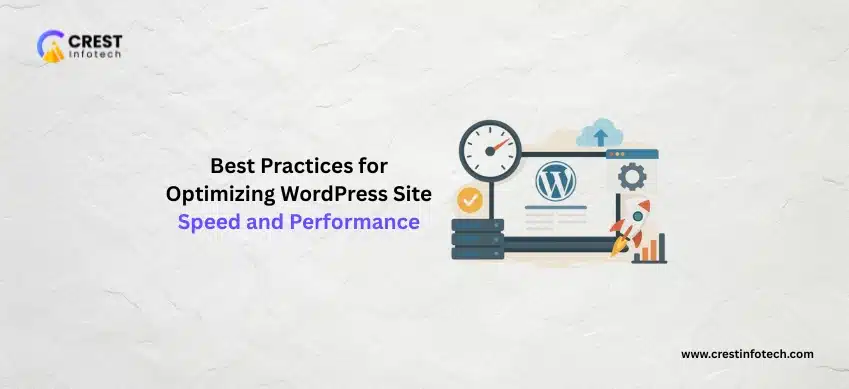Artificial Intelligence (AI) has rapidly evolved over the years, transforming industries and solving complex problems. Among the advanced AI techniques, Reinforcement Learning (RL) stands out due to its ability to handle decision-making tasks and optimize behavior in dynamic environments. Python, with its extensive libraries and frameworks, has become the go-to language for implementing AI solutions, including RL and other cutting-edge techniques. This article explores how Python can be leveraged for advanced AI tasks, with a focus on reinforcement learning and beyond.
Understanding Reinforcement Learning
Reinforcement Learning is a type of machine learning where an agent learns to make decisions by interacting with an environment. Unlike supervised learning, which relies on labeled data, RL uses a reward-based system to optimize its behavior. The agent’s goal is to maximize cumulative rewards over time.
Key components of RL:
- Agent: The entity making decisions.
- Environment: The system the agent interacts with.
- State: The current situation of the environment.
- Action: The decision or move the agent makes.
- Reward: Feedback from the environment based on the agent’s action.
- Policy: A strategy used by the agent to decide actions.
Why Python for Reinforcement Learning?
Python’s simplicity, readability, and vast ecosystem make it an excellent choice for RL and other AI tasks. Key reasons include:
- Extensive Libraries: Libraries like TensorFlow, PyTorch, and OpenAI Gym provide tools and environments to build RL models efficiently.
- Community Support: Python’s large developer community ensures continuous improvement and abundant resources.
- Integration: Python easily integrates with other technologies, making it suitable for deploying AI solutions in real-world applications.
Implementing Reinforcement Learning in Python
Here’s a step-by-step guide to getting started with RL using Python:
1. Setting Up the Environment
Install necessary libraries:
pip install gym numpy tensorflow torch2. Choosing an RL Algorithm
Popular RL algorithms include:
- Q-Learning: A value-based method.
- Deep Q-Networks (DQN): Combines Q-Learning with neural networks.
- Proximal Policy Optimization (PPO): A policy-based method.
3. Building an RL Model
Here’s a simplified example of training an agent using OpenAI Gym:
import gym
import numpy as np
# Create the environment
env = gym.make("CartPole-v1")
# Initialize variables
state_space = env.observation_space.shape[0]
action_space = env.action_space.n
episodes = 1000
gamma = 0.99 # Discount factor
# Initialize Q-table
q_table = np.zeros((state_space, action_space))
for episode in range(episodes):
state = env.reset()
done = False
total_reward = 0
while not done:
action = np.argmax(q_table[state, :]) # Choose action
next_state, reward, done, _ = env.step(action)
# Update Q-value
q_table[state, action] = reward + gamma * np.max(q_table[next_state, :])
state = next_state
total_reward += reward
print(f"Episode {episode}, Total Reward: {total_reward}")4. Enhancing with Deep Learning
Integrate neural networks for complex tasks by using PyTorch or TensorFlow. For example, replace the Q-table with a neural network in a DQN implementation.
Beyond Reinforcement Learning
Python’s flexibility extends to other advanced AI domains:
1. Natural Language Processing (NLP)
Use libraries like Hugging Face Transformers and SpaCy for tasks such as text generation, sentiment analysis, and translation.
2. Computer Vision
Harness PyTorch, TensorFlow, and OpenCV for image classification, object detection, and video analysis.
3. Generative AI
Leverage GANs (Generative Adversarial Networks) and diffusion models for creating realistic images, videos, and music.
4. Multi-Agent Systems
Python enables the design of environments with multiple agents interacting, useful for simulations, robotics, and game development.
Best Practices for Advanced AI Tasks
- Modular Code: Keep your code modular for better readability and reusability.
- Hyperparameter Tuning: Experiment with parameters to optimize model performance.
- Visualization: Use tools like Matplotlib and TensorBoard to visualize training progress.
- Scalability: Leverage cloud platforms like AWS or Google Cloud for computationally intensive tasks.
Conclusion
Python’s versatility and rich ecosystem make it indispensable for tackling advanced AI challenges. From reinforcement learning to NLP and computer vision, Python empowers developers to innovate and solve real-world problems. By mastering Python’s libraries and techniques, you can unlock the full potential of AI and contribute to the future of intelligent systems.



